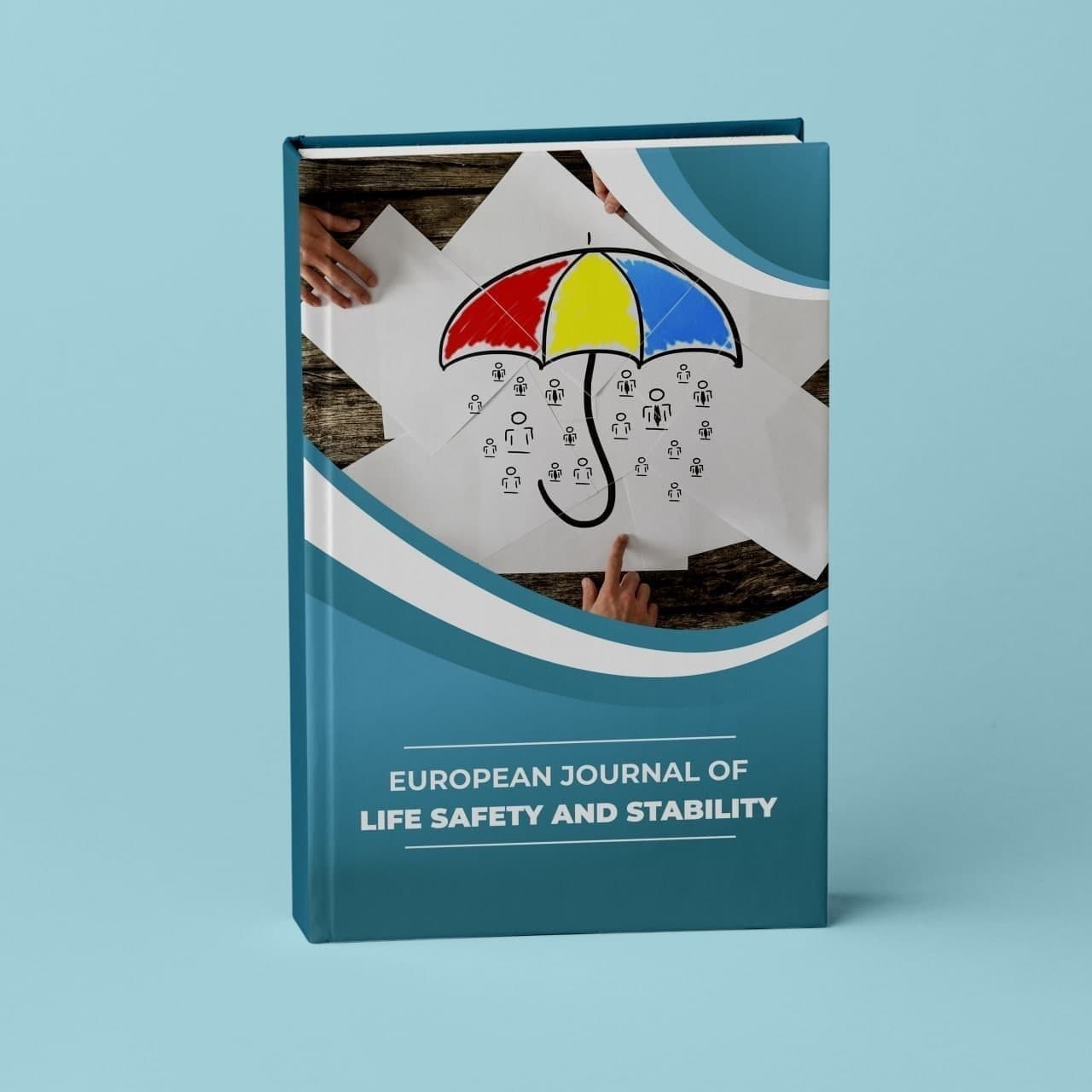Resumé
This paper represents the impact of intelligence on tourism safety and tourist revisit intentions. Our findings reflect the evidence that human intelligence rate, measured by nation-IQ, is positively related with tourism safety. This article includes that, on average moving from a country with the lowest IQ score (61) to the one with highest (107.1) is associated with an increase in the rate of tourism safety. The link between intelligence and tourism safety remains robust when we account for the feedback from environment to intelligence. We empirically, investigate the interactive effect of tourism safety and intelligence on tourism productivity.
Referencer
Barnet, S. M., & Wiliams, W. (2004). National intelligence and the emperor's new clothes. IQ and the wealth of nations. Contemporary psychology APA review of books, 49, 389-396.
Battisti, G., & Iona, A. (2009). The UK productivity gap in the service sector: do management practices matter?. International Journal of Productivity and Performance Management.
Cohen, E., & Cohen, S. A. (2012). Current sociological theories and issues in tourism. Annals of Tourism Research, 39(4), 2177-2202.
Dawson, K. S., Kneib, J. P., Percival, W. J., Alam, S., Albareti, F. D., Anderson, S. F., ... & Zou, H. (2016). The SDSS-IV extended Baryon Oscillation Spectroscopic Survey: overview and early data. The Astronomical Journal, 151(2), 44.
De Urioste-Stone, S. M., Le, L., Scaccia, M. D., & Wilkins, E. (2016). Nature-based tourism and climate change risk: Visitors’ perceptions in Mount Desert Island, Maine. Journal of outdoor recreation and tourism, 13, 57-65.
Gilens, M., & Page, B. I. (2014). Testing theories of American politics: Elites, interest groups, and average citizens. Perspectives on politics, 12(3), 564-581.
Grönroos, C., & Ojasalo, K. (2015). Service productivity as mutual learning. International Journal of Quality and Service Sciences, 7(2-3), 296-311.
Jones, G., & Podemska-Mikluch, M. (2010). IQ in the utility function: Cognitive skills, time preference, and cross-country differences in savings rates.
Kanyama, I. K. (2014). Quality of institutions: Does intelligence matter?. Intelligence, 42, 44-52.
Khazai, B., Mahdavian, F., & Platt, S. (2018). Tourism Recovery Scorecard (TOURS)–Benchmarking and monitoring progress on disaster recovery in tourism destinations. International Journal of Disaster Risk Reduction, 27, 75-84.
Laws, E., & Prideaux, B. (2005). Tourism crises: Management responses and theoretical insight. Psychology Press.
Lepp, A., Gibson, H., & Lane, C. (2011). Image and perceived risk: A study of Uganda and its official tourism website. Tourism management, 32(3), 675-684.
Liu, S. T., Schroeder, A., Pennington-Gray, L., & Farajat, S. A. (2016). Journal of Destination Marketing & Management.
Lynn, R., & Vanhanen, T. (2012). Intelligence: A unifying construct for the social sciences. Ulster Institute for Social Research.
Mansfeld, Y., & Pizam, A. (Eds.). (2006). Tourism, security and safety. Routledge.
Safaeva S.,Alieyeva M.T.Organizational and economic aspects of the development of the international tourism and hospitality industry https://www.scopus.com/inward/record.DOI:10.14505/jemt.11.4(44).15(2020)Journal of Environmental Management and Tourism,11(4),pp 913-919.2020.
Aliyeva M.T.Assessment of the development potential of the tourism industry in Uzbekistan. Journal of Management Value & Ethics Jan.-March 19,Vol.9 No.1, India ISSN-2249-9512
Neumayer, E. (2004). The impact of political violence on tourism: Dynamic cross-national estimation. Journal of conflict resolution, 48(2), 259-281.
Potrafke, N. (2012). Intelligence and corruption. Economics Letters, 114(1), 109-112.
Rindermann, H. (2008). Relevance of education and intelligence at the national level for the economic welfare of people. Intelligence, 36(2), 127-142.
Salahodjaev, R. (2015). Democracy and economic growth: The role of intelligence in cross-country regressions. Intelligence, 50, 228-234.
Shamosh, N. A., & Gray, J. R. (2008). Delay discounting and intelligence: A meta-analysis. Intelligence, 36(4), 289-305.
Sönmez, S. F., & Graefe, A. R. (1998). Determining future travel behavior from past travel experience and perceptions of risk and safety. Journal of travel research, 37(2), 171-177.
Syverson, C. (2011). What determines productivity? Journal of Economic literature, 49(2), 326-65.
